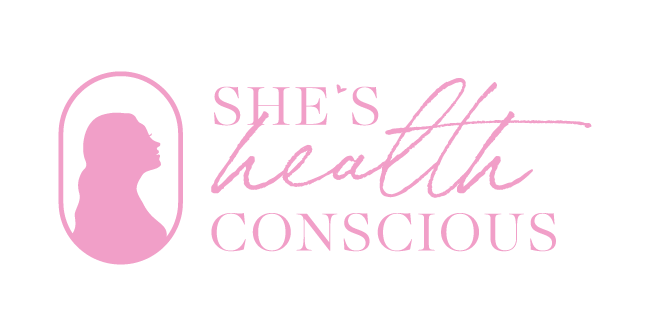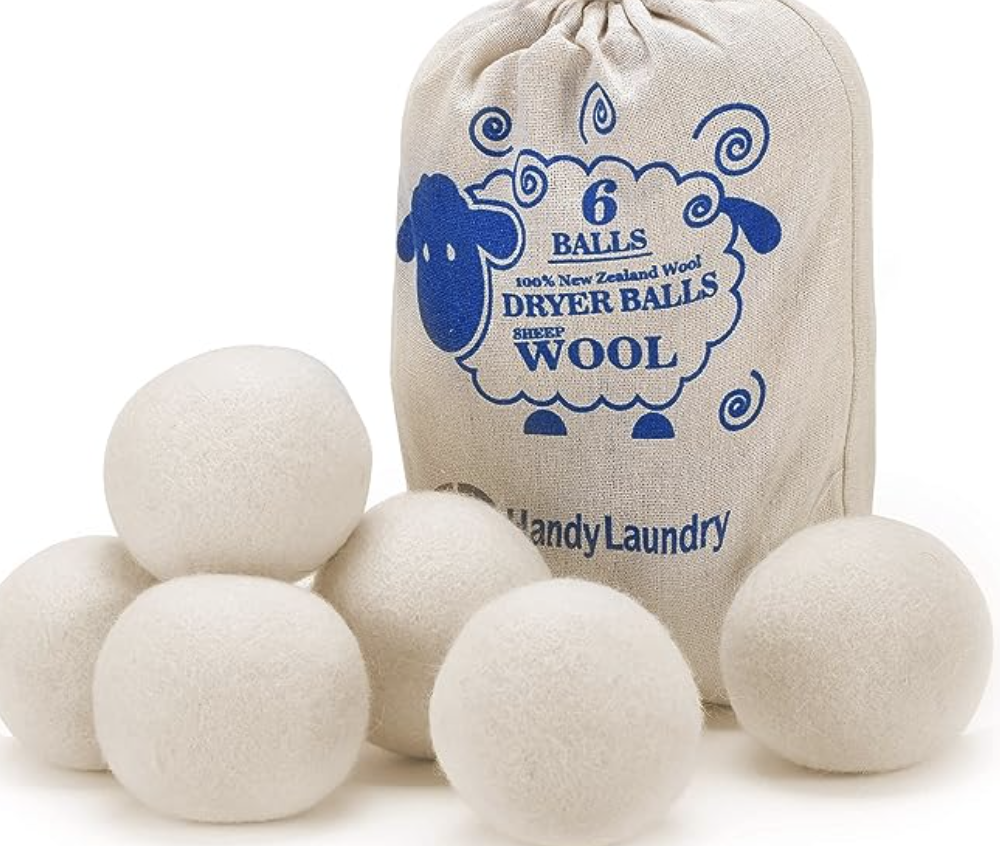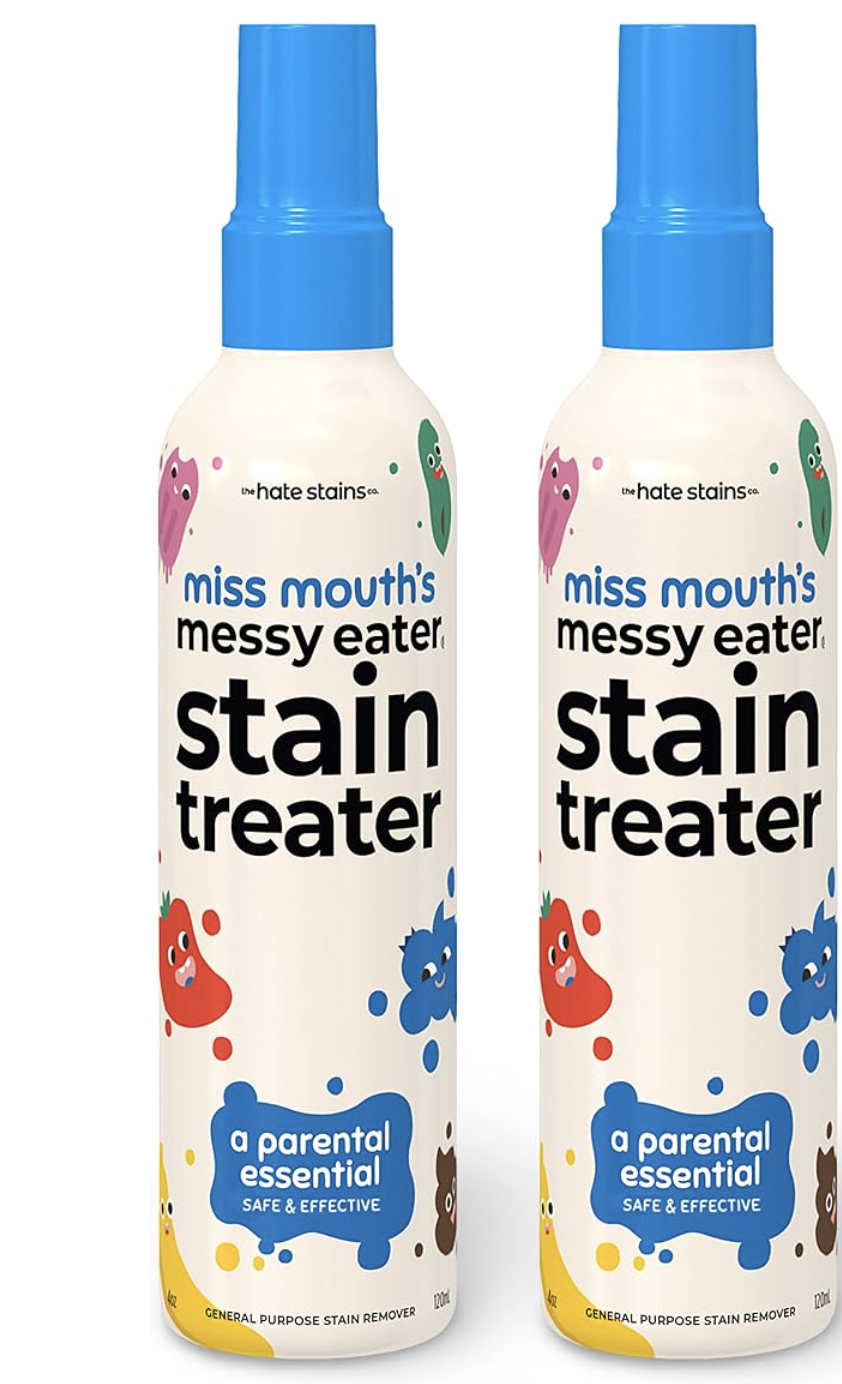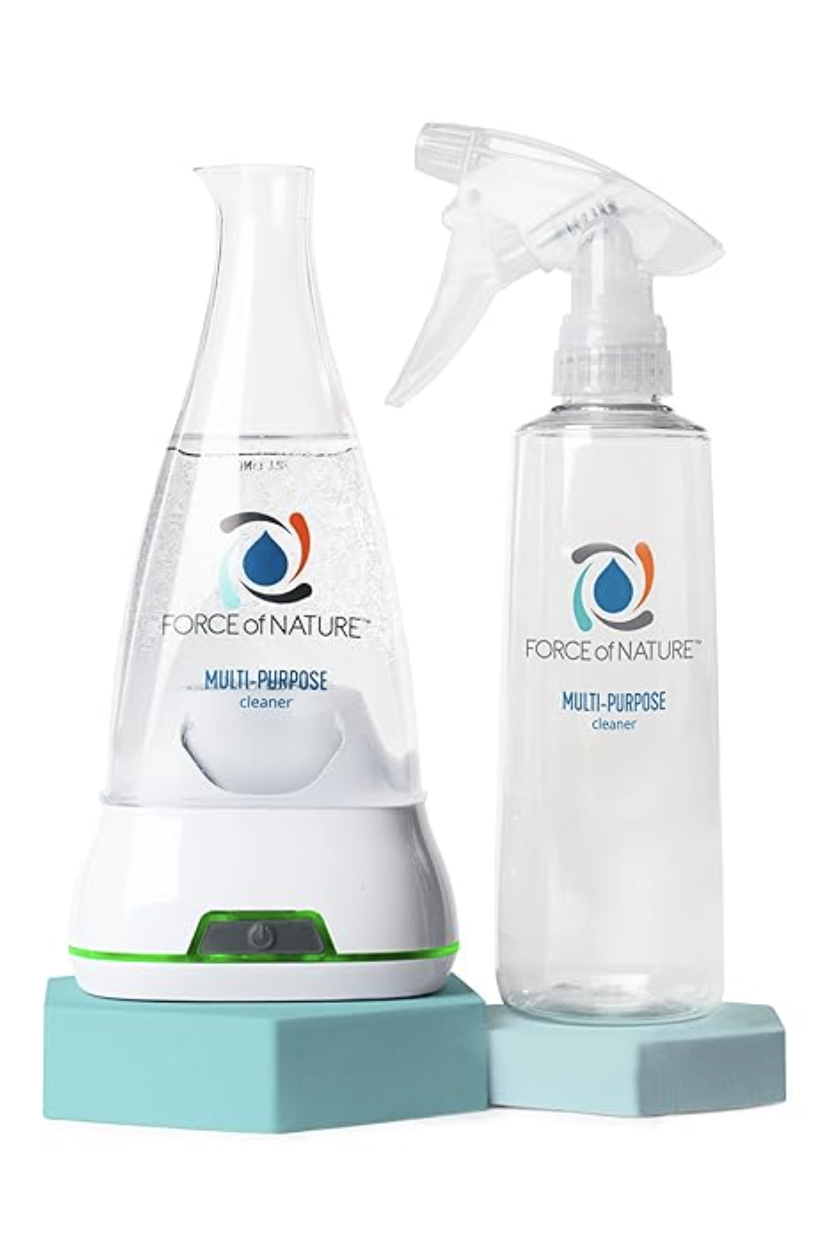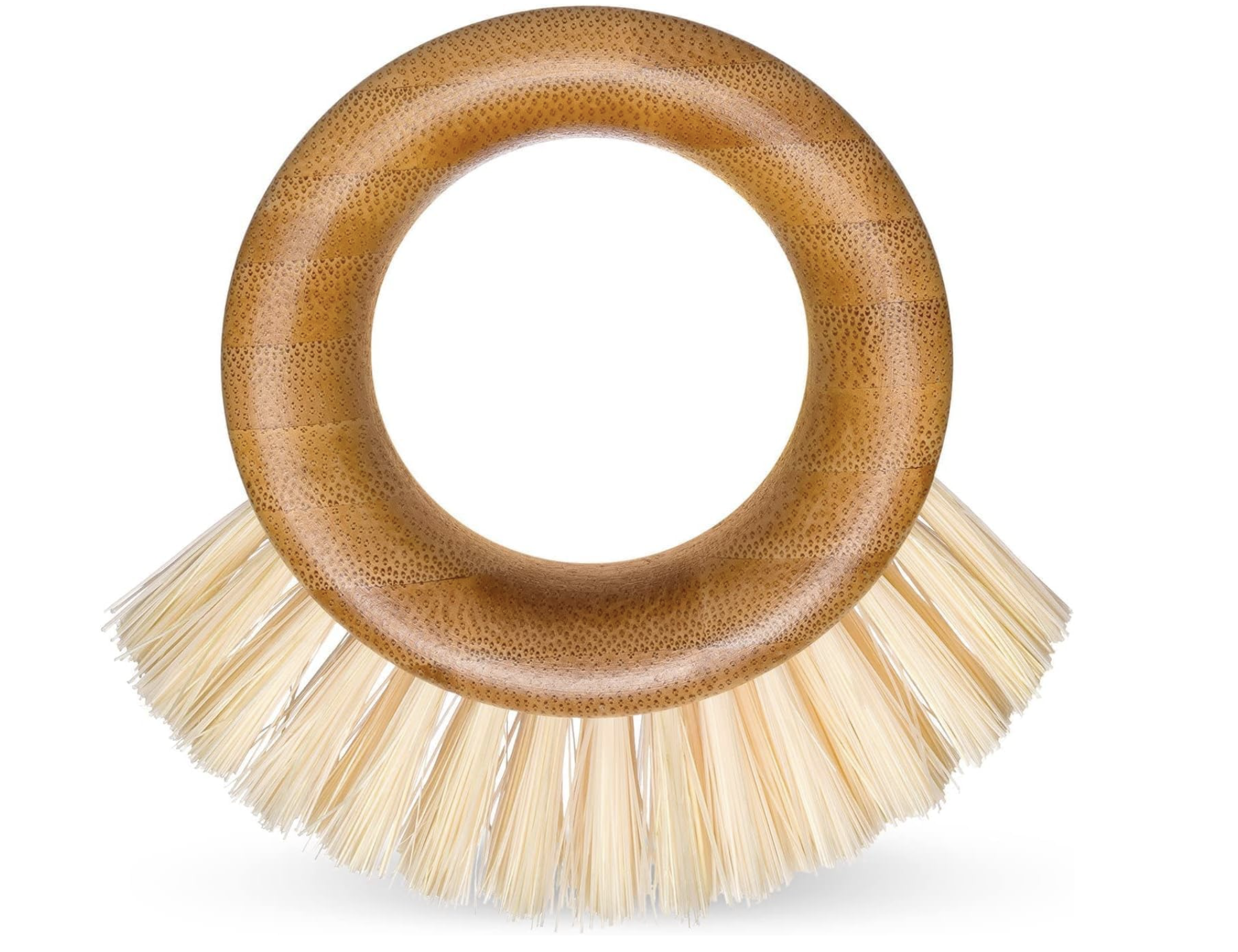Unveiling the Hidden Toxins in Your Home
Our homes are meant to be our sanctuaries, places where we can relax, recharge, and feel safe.
However…
Many common household products contain hidden toxins that could be detrimental to our health. From cleaning supplies to personal care items and even groceries, these toxins can lurk in unexpected places. In this blog post, we will dive into the world of hidden toxins, exploring the science behind their dangers, and offering practical resources to help you make informed choices for a safer, healthier home!
Let’s start with: CLEANING SUPPLIES
Cleaning supplies often contain harmful chemicals such as ammonia, bleach, and phthalates, which can cause respiratory issues, skin irritation, and even hormone disruption. For instance, a study published in the Environmental Health journal found that regular use of cleaning sprays can have a significant impact on lung health, comparable to smoking a pack of cigarettes every day (Farrow et al., 2019).
To avoid these toxins, consider switching to natural cleaning products or making your own with ingredients like vinegar, baking soda, and essential oils. Resources like the Environmental Working Group's (EWG) Guide to Healthy Cleaning can help you identify safer alternatives.
PERSONAL CARE PRODUCTS
Many personal care products contain endocrine disruptors such as parabens, sulfates, and synthetic fragrances, which can interfere with hormone function and increase the risk of health issues like cancer and infertility. A study by the National Institute of Environmental Health Sciences found that exposure to certain endocrine-disrupting chemicals can contribute to early puberty in girls (Wolff et al., 2008).
Opt for cleaner personal care products by reading labels and choosing items that are free from harmful chemicals. She’s Health Conscious is your guiding light, send us a DM anytime were here to help point you in the right direction.
LAST BUT NOT LEAST: GROCERIES
Even our food can contain hidden toxins, from pesticide residues on produce to artificial additives in processed items. A study by the University of Washington found that consuming organic produce can significantly reduce pesticide exposure (Curl et al., 2015).
“Family eats organic for just two weeks, removes nearly all pesticides from body”
To minimize your exposure to toxins in food, choose organic produce when possible, wash fruits and vegetables thoroughly, and opt for minimally processed items with fewer additives. The Dirty Dozen and Clean Fifteen lists from the EWG can help you prioritize your organic purchases.
Beyond specific product categories, there are several general strategies you can employ to reduce your exposure to hidden toxins at home:
- Open windows regularly to improve indoor air quality.
- Use plants to help purify the air.
- Choose furniture and decor made from natural materials like solid wood and organic fabrics.
- Avoid using plastic food containers and utensils, especially for hot food and beverages.
The presence of hidden toxins in our homes can feel overwhelming, but with knowledge and the right resources, you can make informed decisions to protect your health. By choosing cleaner products and adopting habits that promote a safer living space, you can enjoy the peace of mind that comes with knowing your home is truly your sanctuary.
TOXINS TO AVOID:
Personal Care and Cleaning Products
1. Parabens (e.g., methylparaben, propylparaben): Preservatives linked to hormone disruption.
2. Sulfates (e.g., sodium lauryl sulfate, sodium lauryth sulfate): Surfactants that can cause skin irritation and may have potential health risks.
3. Phthalates (e.g., diethyl phthalate, dibutyl phthalate): Plasticizers that can disrupt hormones and impact reproductive health.
4. Artificial fragrances: Can cause allergies, skin irritation, and may contain hidden phthalates.
5. Triclosan: An antimicrobial agent that can interfere with hormone function and promote antibiotic resistance.
6. Ammonia: A powerful irritant that can cause respiratory issues and skin burns.
7. Chlorine bleach: Can irritate the skin, eyes, and respiratory tract, and may form toxic compounds when mixed with other chemicals.
Food
(Read the back of the label!)
1. Pesticide residues: Linked to various health issues, including hormone disruption, cancer, and neurological problems.
2. Artificial food dyes (e.g., Red 40, Blue 1, Yellow 5): Associated with hyperactivity and allergic reactions in some individuals.
3. Artificial sweeteners (e.g., aspartame, saccharin): May have potential health risks, including increased risk of metabolic disorders and cancer.
4. Trans fats (partially hydrogenated oils): Increase the risk of heart disease and other health problems.
5. High-fructose corn syrup: Associated with weight gain, insulin resistance, and increased risk of metabolic syndrome.
6. Monosodium glutamate (MSG): A flavor enhancer that can cause headaches, flushing, and other symptoms in sensitive individuals.
7. Sulfites: Preservatives that can trigger asthma and allergic reactions in susceptible people.
TIP: Replace one product at a time; as they run out, replace with a safer alternative.
Repeat until your house is fully non-toxic!
Blog By: Hannah Swanson
